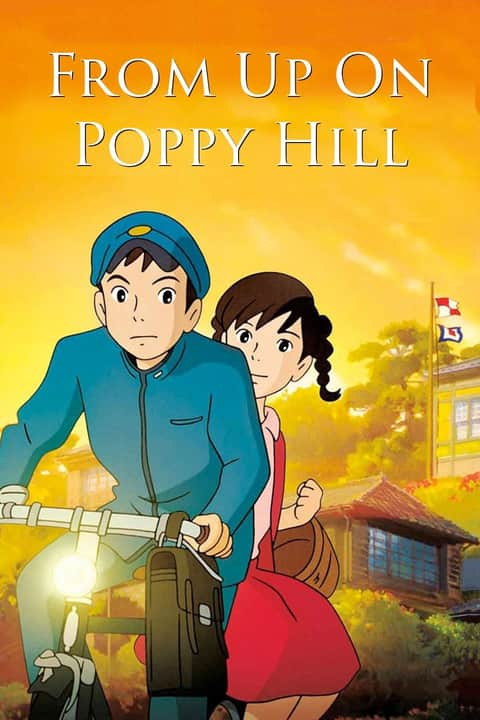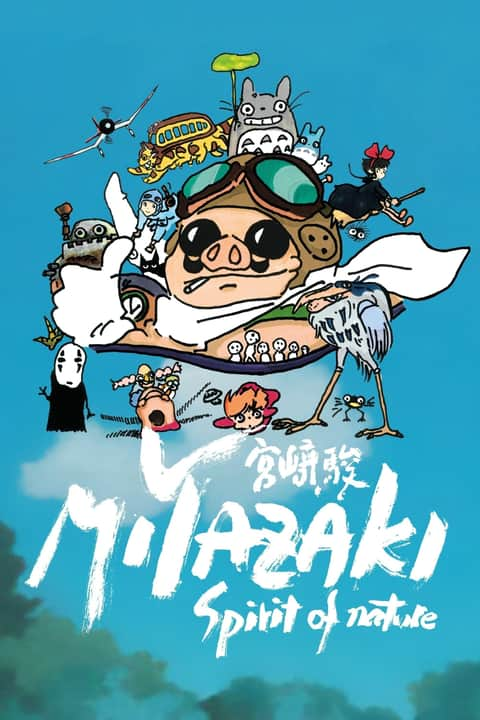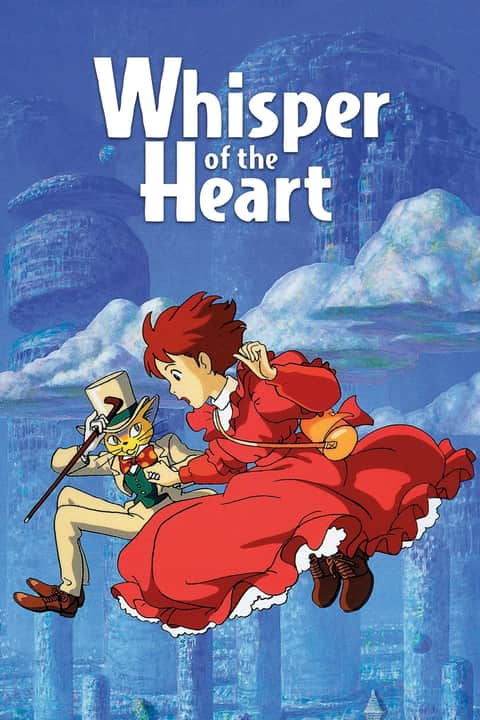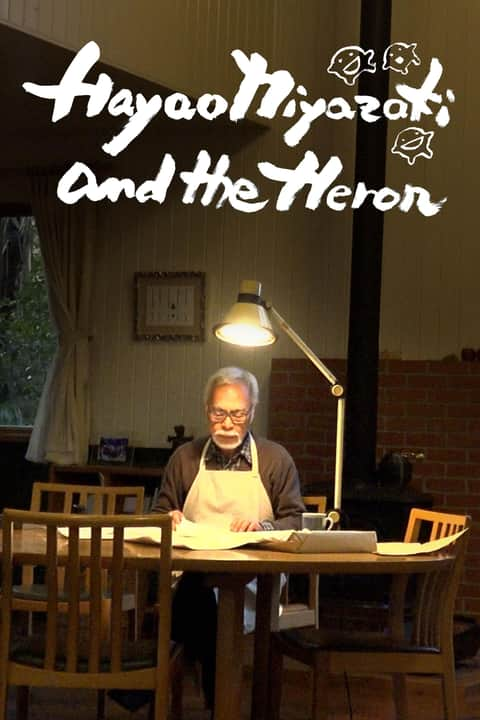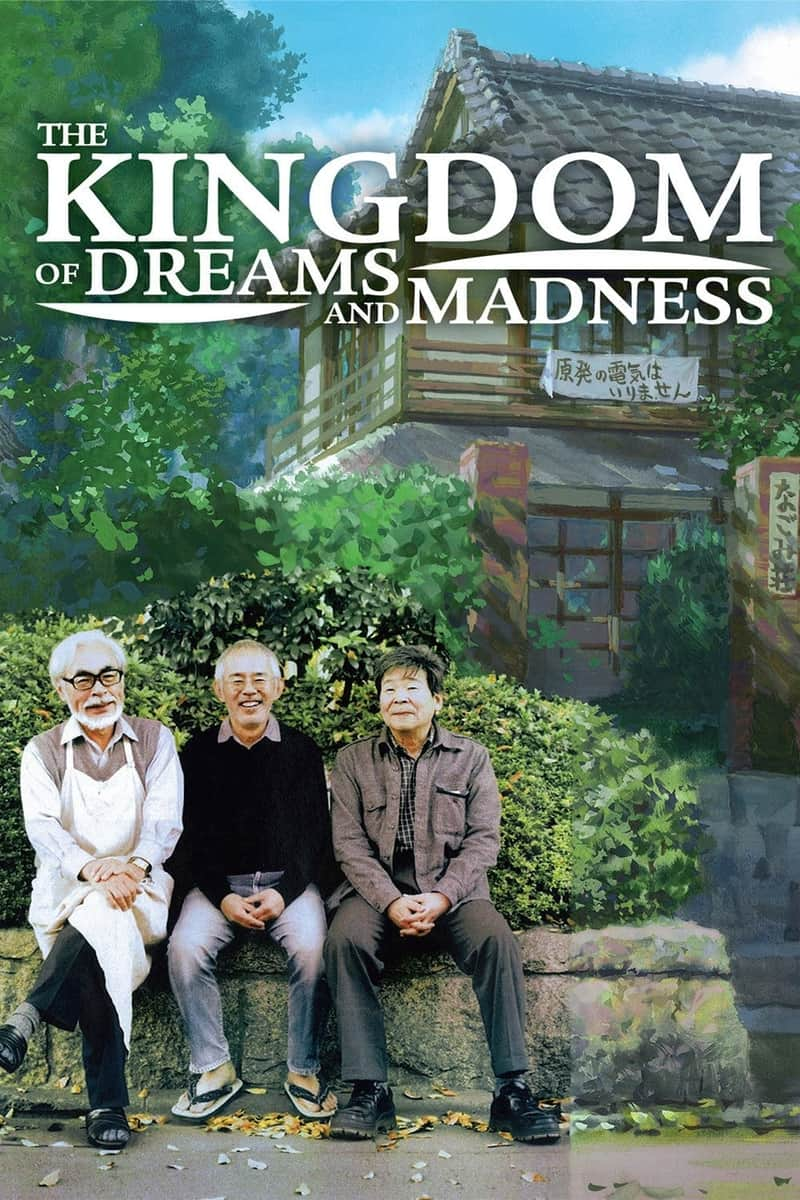
The Kingdom of Dreams and Madness
A quiet, observant portrait of Studio Ghibli, the film opens the doors to one of animation’s most revered workshops and the personalities that steer it. The camera moves through corridors, editing rooms, and animation desks, following Hayao Miyazaki, Isao Takahata, and producer Toshio Suzuki as they shape two very different films. The documentary captures the rhythms of daily studio life: storyboarding sessions, long edits, heated discussions, and the small, intimate moments that feed creative work.
Hayao Miyazaki appears as a relentless, exacting force, sketching, arguing, and rethinking scenes for The Wind Rises with a mixture of passion and impatience. His process is hands-on and mercilessly detailed, revealing both the exhilaration and exhaustion that come with directing an epic animated film. Isao Takahata offers a contrast: softer, patient, and reflective as he pursues the lyrical, painterly approach behind The Tale of the Princess Kaguya. Together they represent different philosophies of animation and storytelling, each committed to craft in their own way.
Toshio Suzuki emerges as the pragmatic glue, balancing artistic ideals with the logistics of production, promotion, and timing. The film does not shy away from friction—deadlines, artistic disagreements, and the pressures of sustaining a studio built on uncompromising standards are all on display. Yet it also finds warmth in routine: animators chatting over tea, detailed model sheets, and the quiet concentration of hands at work.
Ultimately the movie is less about finished products than about the people who make them. It becomes a meditation on creativity, aging, and legacy—showing how a singular studio continues to pursue beauty and meaning in every frame. For fans of animation or anyone curious about how art is made, it offers an intimate, humane glimpse into the labor, genius, and tenderness behind some of cinema’s most beloved works.
Available Audio
Available Subtitles
Cast
No cast information available.
